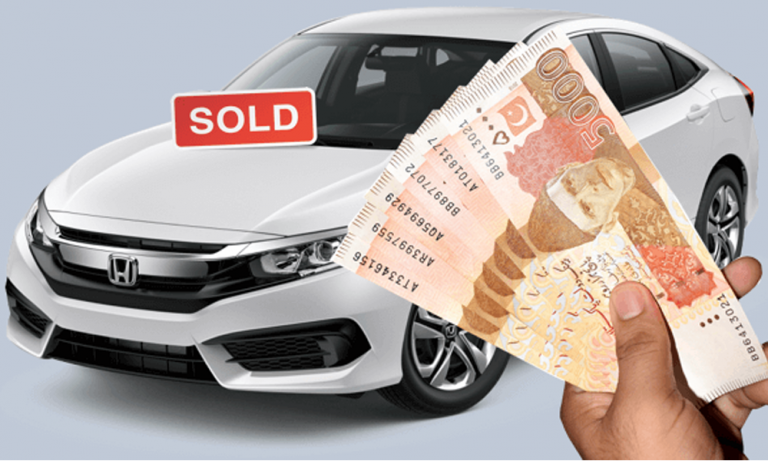Regarding purchasing a used car, the test drive is an essential phases in the buying process. It doesn't just allow you to assess the vehicle's performance and comfort and also helps you identify potential issues that may go visible during an initial inspection. With the evolving landscape of the used car market, understanding what to look for during a test drive can help you make a confident decision and avoid getting ripped off.
During your test drive, you should focus on various aspects of the vehicle, such as handling, acceleration, and any unusual noises. Grasping how the vehicle performs on the road will give you critical insights into its overall condition. Additionally, this is a great opportunity to test out features like brakes, steering, and technology to ensure everything functions correctly. Being thorough and observant is key in ensuring that you find the right used vehicle for your needs.
Key Aspects While a Trial Drive
When test a second-hand car for a trial run, begin by analyzing its performance in standard driving conditions. Notice the acceleration, braking, and steering response. A steady acceleration and stop response without any odd noises are favorable signs. Make sure the steering feels responsive and that the vehicle stays aligned without drifting. Observe how the car handles bumps and turns, as this can show the health of the suspension and tires.
Then, assess the inside comfort and amenities. Examine the seat comfort and overall interior room to ensure it suits your preferences. Test all controls, including the air conditioning, audio system, and navigation if available, to make sure they function correctly. Moreover, inspect the visibility from the seat and how conveniently you can adjust rearview mirrors. This will help you assess if the car is not only functional but also a suitable choice for your daily use.
Ultimately, listen for any strange sounds that could point to potential issues. Pay attention to engine noise, transmission shifts, and any sounds during turns or stopping. Make the time to drive the car at different speeds and on various road surfaces. If practical, try both motorway and city driving conditions. This thorough evaluation can reveal concealed faults and give you a clearer picture of whether the car fulfills your standards before you buy it.
Comprehending Car History and Documentation
As considering a used car, getting a complete vehicle history report is important. This report offers insight into the car's background, including accident history, title status, odometer readings, and service records. Platforms like Carfax or AutoCheck can generate these reports using the vehicle identification number (VIN), permitting you to see any warning signs that could point to potential problems down the line. By reviewing this information, you can make a far more informed decision and avoid vehicles that may have undisclosed issues.
Besides the vehicle history report, it's essential to check the records associated with the car. This includes the title, registration, and any warranties that may remain in effect. Ensure that the title is clear and not branded (such as salvage or rebuilt), which could impact your ability to cover or resell the vehicle later. click here for more info 's also helpful to confirm how many previous owners the vehicle had and whether the car had standard maintenance carried out according to the manufacturer's guidelines. This can provide clue into how well the vehicle was looked after.
Lastly, don’t ignore the importance of reviewing service records and receipts. These documents give a thorough account of any repairs and maintenance performed on the car. If the seller can offer a clear maintenance history, it’s a good sign that the vehicle has been adequately maintained. If documentation is absent, be wary, as this could indicate abandonment or hidden issues that you may want to explore further before making a purchase.
Negotiating the Optimal Cost for a Second-hand Vehicle
When it comes to settling the cost of a second-hand car, understanding is your greatest advantage. Before visiting the dealership or talking to a personal seller, do comprehensive research on the type and version you are looking at. Look up websites to determine the fair market value, considering aspects like mileage statistics, condition, and any extra options. Having this knowledge at your fingertips allows you to back up your proposal with concrete information, making it challenging for the owner to dismiss your offer as excessive.
Another effective strategy is to approach the negotiation with poise and a readiness to leave if the deal does not meet your standards. Start with a initial proposal that is aligned with the analysis you've done, and be prepared for the back-and-forth that usually occurs. Most owners anticipate some bargaining, so don’t be afraid to assert your position while staying polite. Highlight any issues or notable points you have noticed with the vehicle to support your offer. This way, you can create a better argument for why your bid should be considered.

In conclusion, think about extra issues that can affect the end cost, such as the schedule of your acquisition. When you arrive at during the close of a sales quarter or year, owners might be inclined to discuss to reach their quotas. Furthermore, being flexible to various financing options or flexibility in your purchasing timeline can help you secure a superior deal. At the end of the day, the aim is to achieve a middle ground between what you are ready to pay and what the vendor is prepared to accept, resulting in a win-win situation for both sides.
